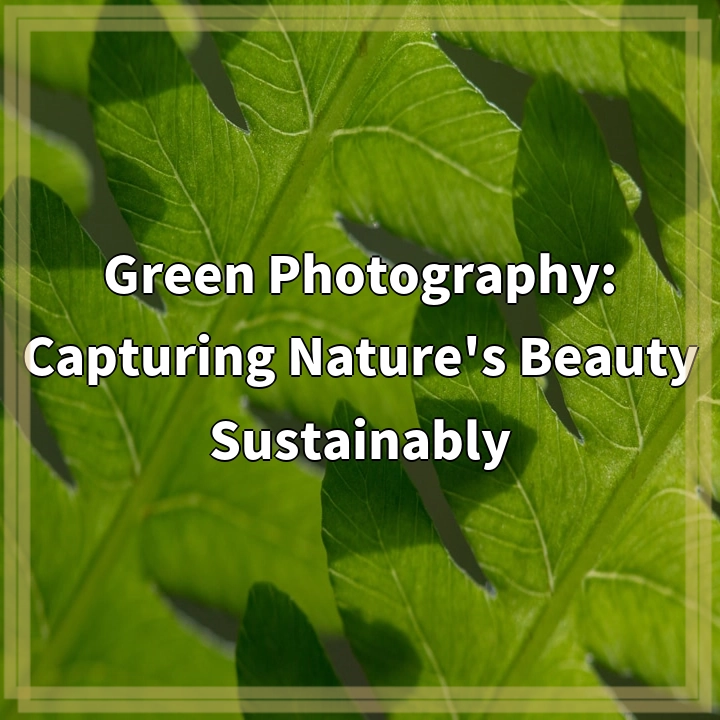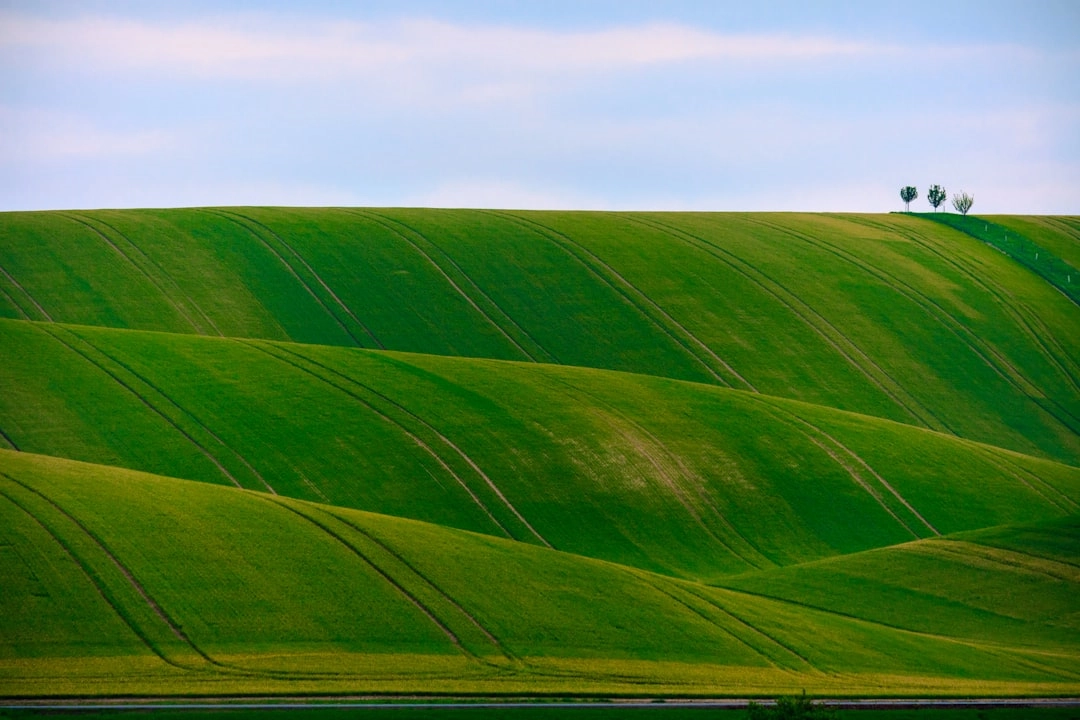
What is Green Photography?
Green photography is a practice that aims to capture the beauty of nature while minimizing the negative impact on the environment. It involves adopting sustainable techniques and using eco-friendly equipment to ensure that the process of photography aligns with conservation principles. Green photographers strive to showcase the natural world in a way that raises awareness and promotes environmental stewardship.
Real-World Problems Associated with Green Photography
1. Ecological Footprint
Traditional photography methods often have a significant ecological footprint. From the production and disposal of film and chemicals to the energy consumption of photo labs, the environmental impact can be substantial. Green photography addresses this issue by utilizing digital cameras and minimizing the use of paper and chemicals in the printing process.
2. Habitat Disturbance
Photographers sometimes intrude on delicate habitats to capture the perfect shot, unintentionally causing disturbances to wildlife and their ecosystems. Green photography encourages photographers to practice ethical behavior in nature, respecting the habitats and minimizing disturbance to wildlife. This may involve using long lenses to maintain a safe distance or refraining from photographing vulnerable species during sensitive times, such as nesting seasons.
3. Chemical Pollution
In traditional film photography, the development and processing of film often involve the use of harmful chemicals. These chemicals can have a negative impact on both human health and the environment if not handled and disposed of properly. Green photography opts for digital photography or uses environmentally-friendly alternatives such as soy-based inks in printing.
4. Overconsumption and Waste
In today’s fast-paced digital world, the excessive production and consumption of photographs contribute to electronic waste. Countless images are taken and discarded without any thought to their ecological footprint. Green photography promotes a more mindful approach, encouraging photographers to focus on quality rather than quantity, and to consider the environmental consequences of their photographic practices.
5. Lack of Awareness and Education
One of the challenges in promoting green photography is the lack of awareness and education about its principles and benefits. Many photographers may not be aware of the environmental impact of their practices or how to adopt more sustainable techniques. As a result, there is a need for increased education and awareness campaigns to inspire photographers to embrace green photography and make a positive impact on the environment.

Solutions for Green Photography
1. Embrace Digital Photography
By utilizing digital cameras, photographers can significantly reduce their ecological footprint. Digital photography eliminates the need for film production, chemical development, and paper printing, minimizing energy consumption and waste production.
2. Practice Ethical Behavior
Photographers should prioritize ethical behavior in nature. This involves respecting wildlife habitats, maintaining a safe distance, and avoiding actions that may disturb or harm the environment. By being mindful of their impact, photographers can capture stunning images while minimizing ecological disturbances.
3. Adopt Eco-Friendly Printing Practices
When printing photographs, it is important to opt for eco-friendly alternatives. Using soy-based inks and recycled or FSC-certified paper can help reduce the environmental impact of printing. Additionally, considering the necessity of printing and focusing on quality rather than quantity can further minimize waste.
4. Raise Awareness and Educate
Increasing awareness about the impact of photography on the environment is crucial. By educating photographers and the wider community about the benefits of green photography, we can inspire more individuals to adopt sustainable practices. This can be done through workshops, online resources, and collaborations with environmental organizations.
5. Promote Sustainable Equipment and Accessories
Photographers can choose to invest in eco-friendly equipment and accessories. This includes using rechargeable batteries, sustainable camera bags made from recycled materials, and environmentally conscious lens filters. Supporting companies that prioritize sustainability can encourage the development of more eco-friendly photographic equipment.















